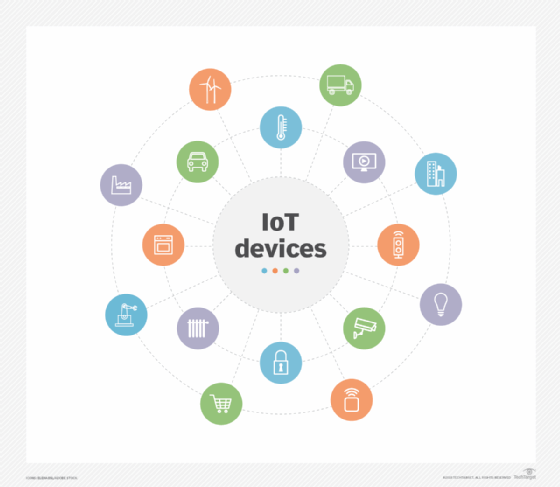
ktsdesign - stock.adobe.com
Is the lack of IIoT standards holding back industrial progress?
Some companies are blazing forward in their efforts to implement industrial IoT, while the issue of standards causes some to hold back until there is more clarity.
Many companies are wondering about the progress of widespread IIoT standards.
Every new or emerging technology has to be able to communicate and work with the world in which it is to function, and this is especially true for a technology that is intended to be a component of an existing ecosystem and not a separate entity in itself. A new home sound system component, such as a CD player, for example, must be plug-and-play-compatible with existing amplifiers, tuners and speaker systems.
Companies working on a radically new device or technology will also strive to establish de facto standards that can be open or proprietary, depending on their business strategy. The most obvious examples are PC and smartphone OSes. IBM and Microsoft chose the open route for PCs with DOS and Windows, while Apple maintains its proprietary macOS. Apple also closely controls the proprietary smartphone iOS, while the majority of phones rely on the more open Android system.
Either approach can be successful. There is room for both to coexist in a healthy market, such as the one for phones and PCs. But what about the world of the industrial internet of things (IIoT)? Will a few IIoT standards emerge as they did for PCs and smartphones, or will compatibility problems plague the adoption of IIoT?
Integration across manufacturing systems was a decades-long struggle because major systems evolved on incompatible platforms. Engineering systems were built on Unix workstations that were very different from microcomputer-based industrial controls, which, in turn, were nothing like the mostly proprietary business system platforms from IBM and Hewlett Packard, among others. That problem eventually was resolved as Windows became the default OS in all three functional areas, and new programming approaches, like service-oriented architecture, and protocols evolved.

On the device side of the equation, widespread adoption of internet protocols to the point of ubiquity is a major step in the right direction for communication and compatibility, but the devil, as they say, is in the details. In areas such as low-power wireless and machine-to-machine communications, a number of emerging IIoT standards are being put forth to coexist alongside a wide range of what might be called legacy standards. No one knows at this point which will gain sufficient acceptance and support to become the Android or iOS of the IIoT world.
And that is the crux of the matter. Some companies are making a choice, running the risk of implementing systems and devices that will eventually end up in a technical dead end, but others are delaying their move to more widespread use of IIoT until there is more clarity on the future direction of standards and market share.
The most likely outcome is that a modest number of IIoT protocols and de facto IIoT standards will emerge to eventually become at least somewhat compatible with each other.








